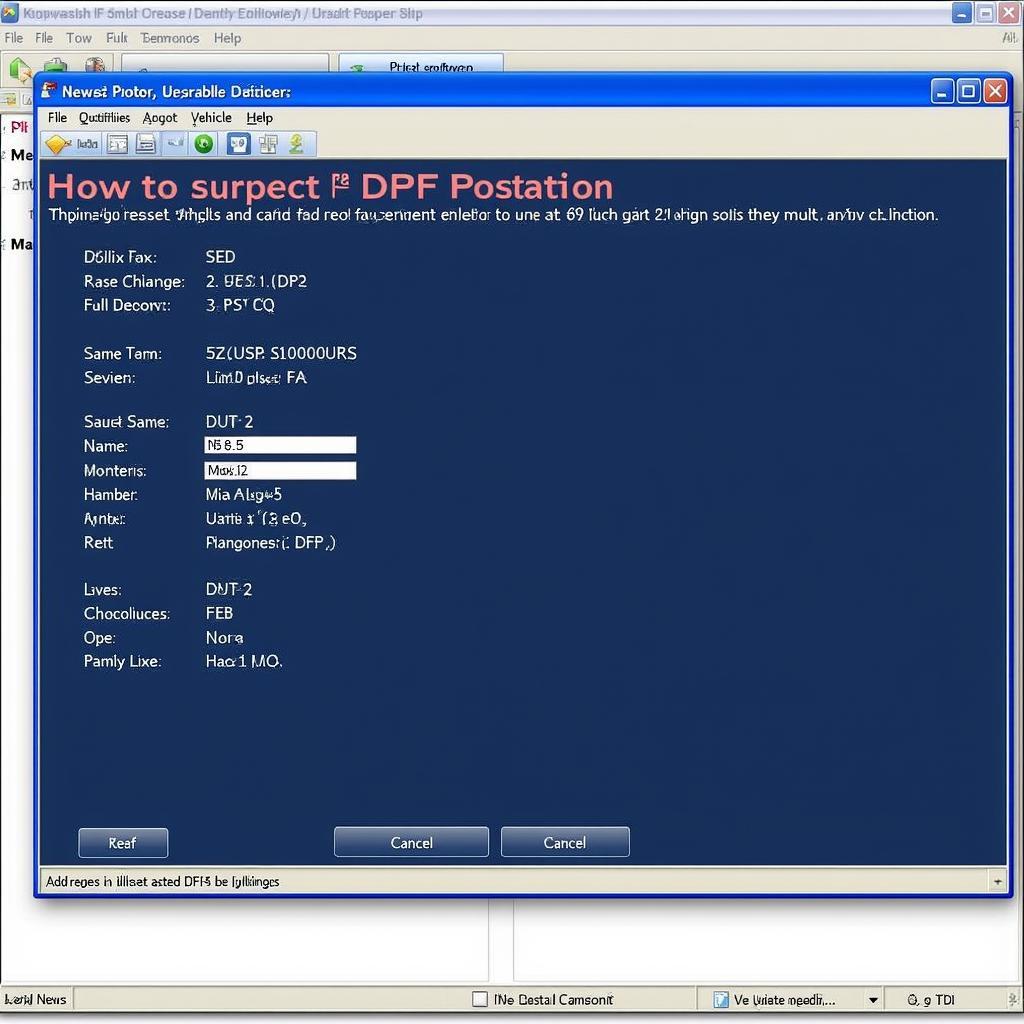In the realm of automotive diagnostics and tuning, VCDS (Vag-Com Diagnostic System) has emerged as an indispensable tool for enthusiasts and professionals alike. Among its many capabilities, VCDS offers in-depth insights into ignition timing, a crucial aspect of engine performance and efficiency. This article delves into the intricacies of VCDS ignition timing, empowering you to comprehend its significance and leverage its potential for optimizing your vehicle’s performance.
What is Ignition Timing?
Before we delve into the specifics of VCDS, let’s establish a clear understanding of ignition timing. In essence, it refers to the precise timing of the spark plug firing in relation to the piston’s position within the combustion cycle. Precise ignition timing is essential for optimal combustion, power output, fuel economy, and the reduction of harmful emissions.
VCDS and Ignition Timing
VCDS provides a direct line of communication with your vehicle’s Engine Control Unit (ECU), granting access to a wealth of data, including live readings and the ability to make adjustments. With VCDS, you can:
- Read Ignition Timing Values: VCDS displays real-time ignition timing data, allowing you to monitor how advanced or retarded the timing is under various operating conditions.
- Log Ignition Timing Data: For in-depth analysis, you can log ignition timing values alongside other parameters like RPM, throttle position, and engine load. This data proves invaluable for diagnosing timing-related issues and fine-tuning performance.
- Adjust Ignition Timing (With Caution): In specific circumstances and with proper knowledge, VCDS allows for ignition timing adjustments. However, exercise extreme caution as improper modifications can have detrimental effects on your engine.
Benefits of Monitoring Ignition Timing with VCDS
Harnessing the power of VCDS to monitor and analyze ignition timing offers numerous benefits:
- Improved Performance: Optimal ignition timing ensures that the air-fuel mixture ignites at the precise moment for maximum power delivery and throttle response.
- Enhanced Fuel Efficiency: Precise timing promotes complete combustion, reducing fuel waste and boosting your vehicle’s miles per gallon.
- Reduced Emissions: Efficient combustion minimizes harmful emissions, contributing to a cleaner environment.
- Early Problem Detection: Monitoring ignition timing helps identify potential issues early on, preventing costly repairs down the line.
FAQs about VCDS Ignition Timing
Q: Can I adjust ignition timing on my own using VCDS?
A: While VCDS provides the capability to adjust ignition timing, we strongly advise against it unless you possess advanced mechanical knowledge and a thorough understanding of your engine’s specific requirements. Improper adjustments can lead to engine damage. Consult a qualified mechanic or tuning specialist for any significant modifications.
Q: What are the common symptoms of incorrect ignition timing?
A: Symptoms of incorrect ignition timing can manifest as engine knocking or pinging (detonation), reduced power and acceleration, poor fuel economy, and difficulty starting.
Q: Are there risks associated with adjusting ignition timing?
A: Yes, improper ignition timing adjustments can lead to serious engine problems, including detonation, pre-ignition, and even catastrophic engine failure.
 VCDS Ignition Timing Graph
VCDS Ignition Timing Graph
Tips for Using VCDS for Ignition Timing
- Start with a Baseline: Before making any adjustments, always record the initial ignition timing values. This serves as a reference point if you need to revert to the original settings.
- Small Increments: If adjustments are necessary, make them in very small increments while closely monitoring the engine’s response.
- Consult Resources: Numerous online forums and communities dedicated to VCDS and automotive tuning offer valuable insights and guidance.
 Mechanic Using VCDS for Ignition Timing
Mechanic Using VCDS for Ignition Timing
Conclusion
VCDS empowers car enthusiasts and professionals alike with unparalleled access to their vehicle’s inner workings, including the crucial aspect of ignition timing. By understanding how to interpret and utilize this information responsibly, you can optimize your engine’s performance, efficiency, and longevity. Remember to prioritize safety and consult with qualified professionals for any significant modifications or if you encounter complex issues.
For a deeper dive into other VCDS functions and their applications, explore our comprehensive resources on CARDIAGTECH. Our platform offers a wealth of information and support for all your automotive diagnostic needs.


